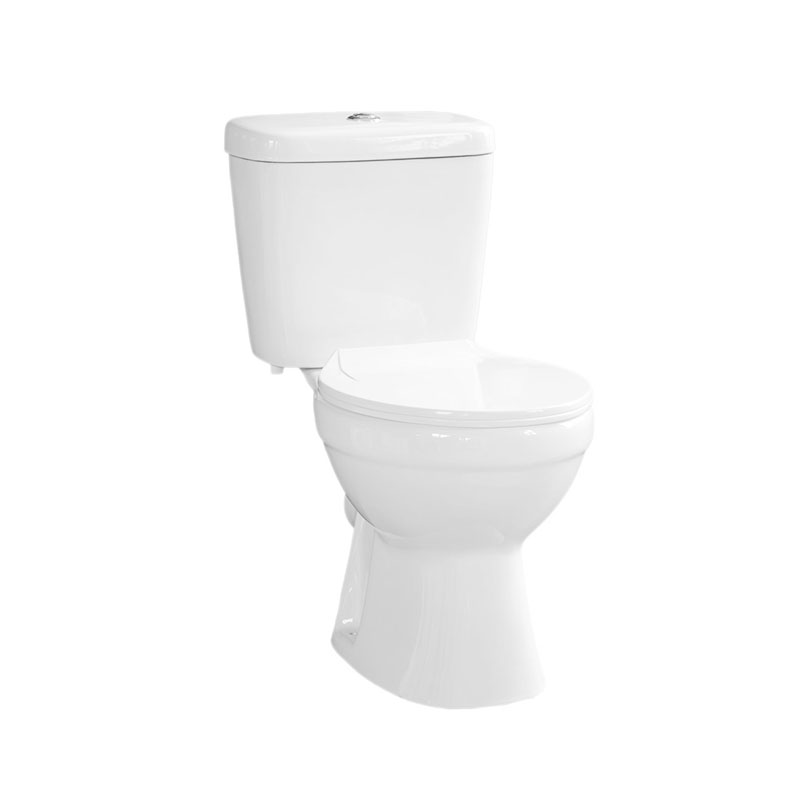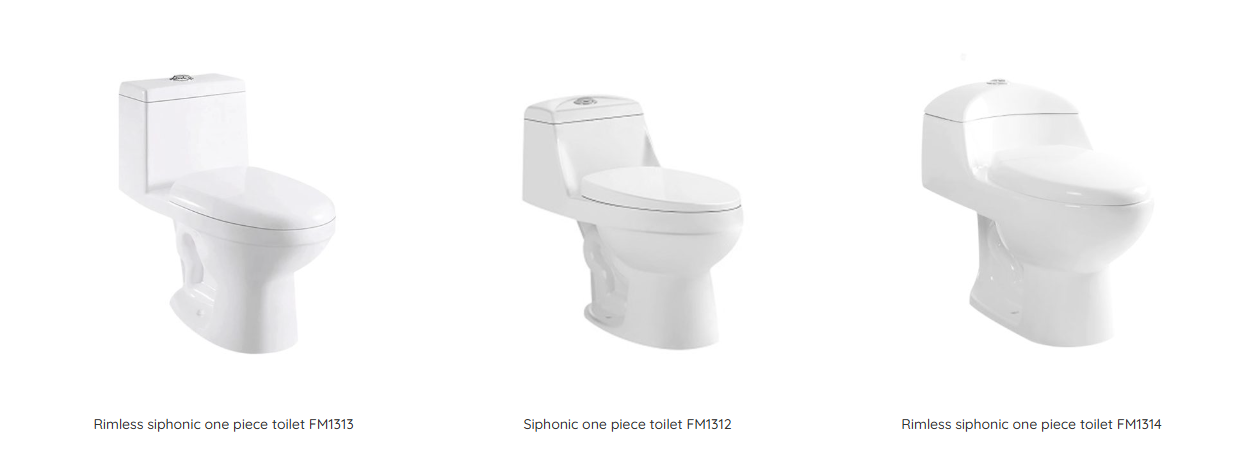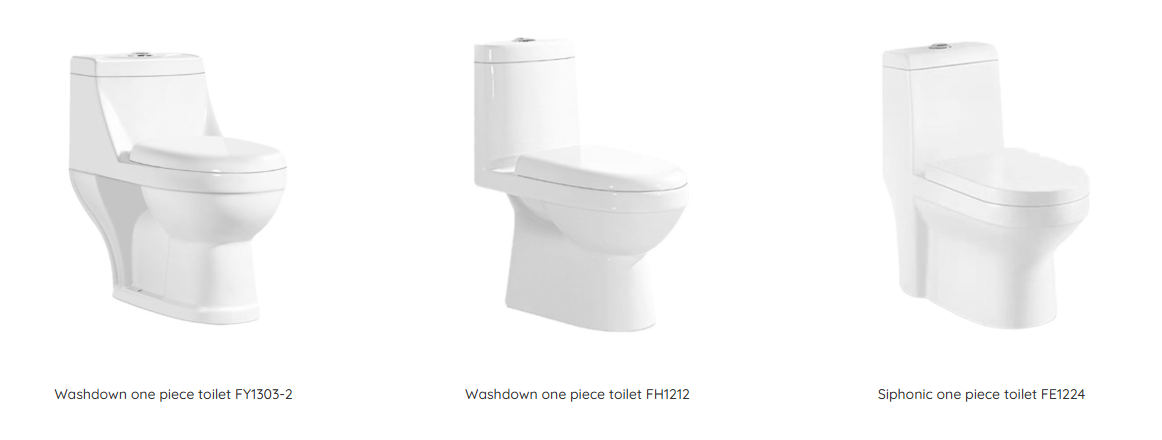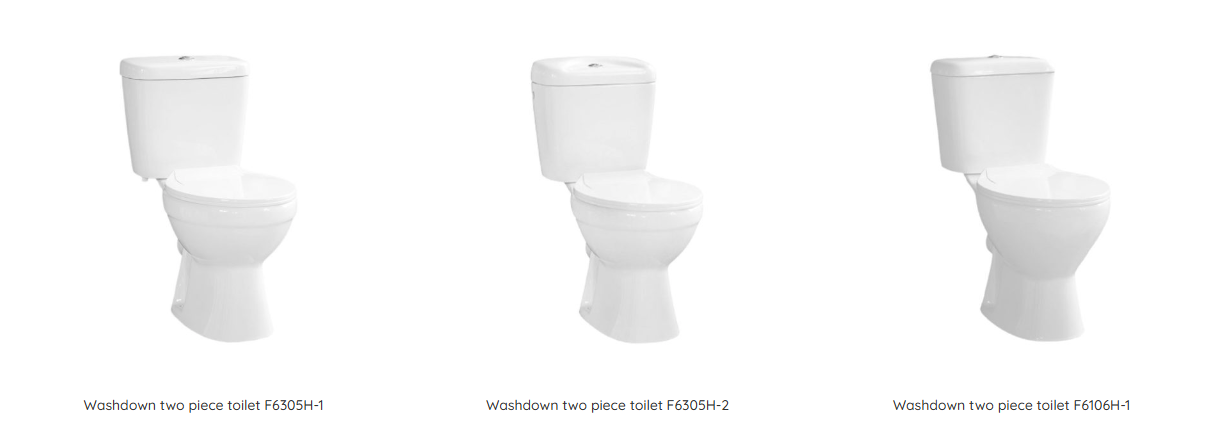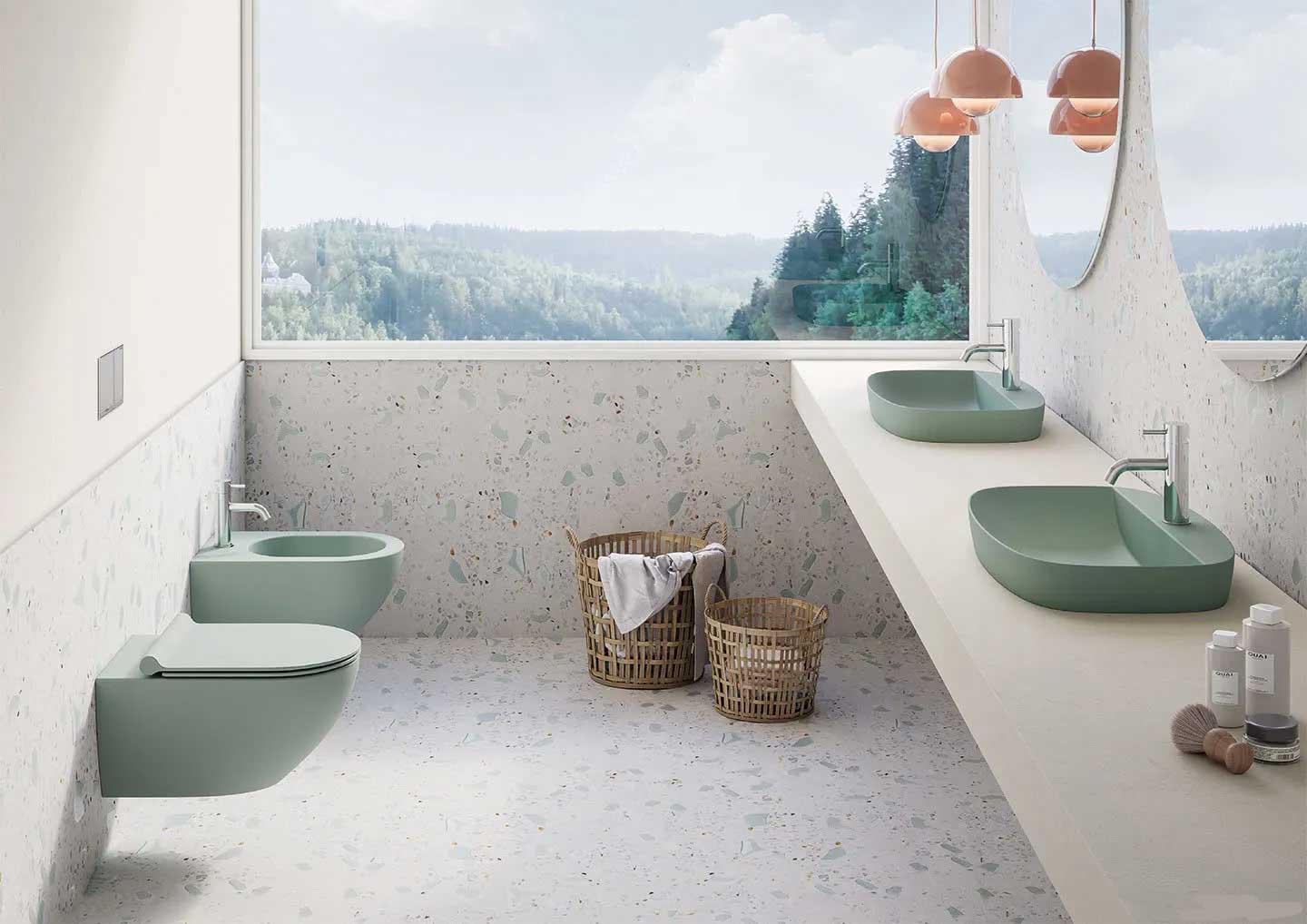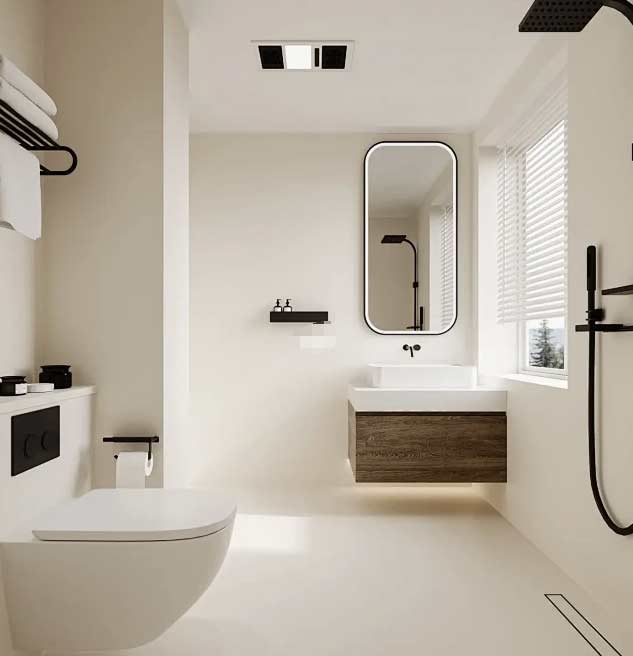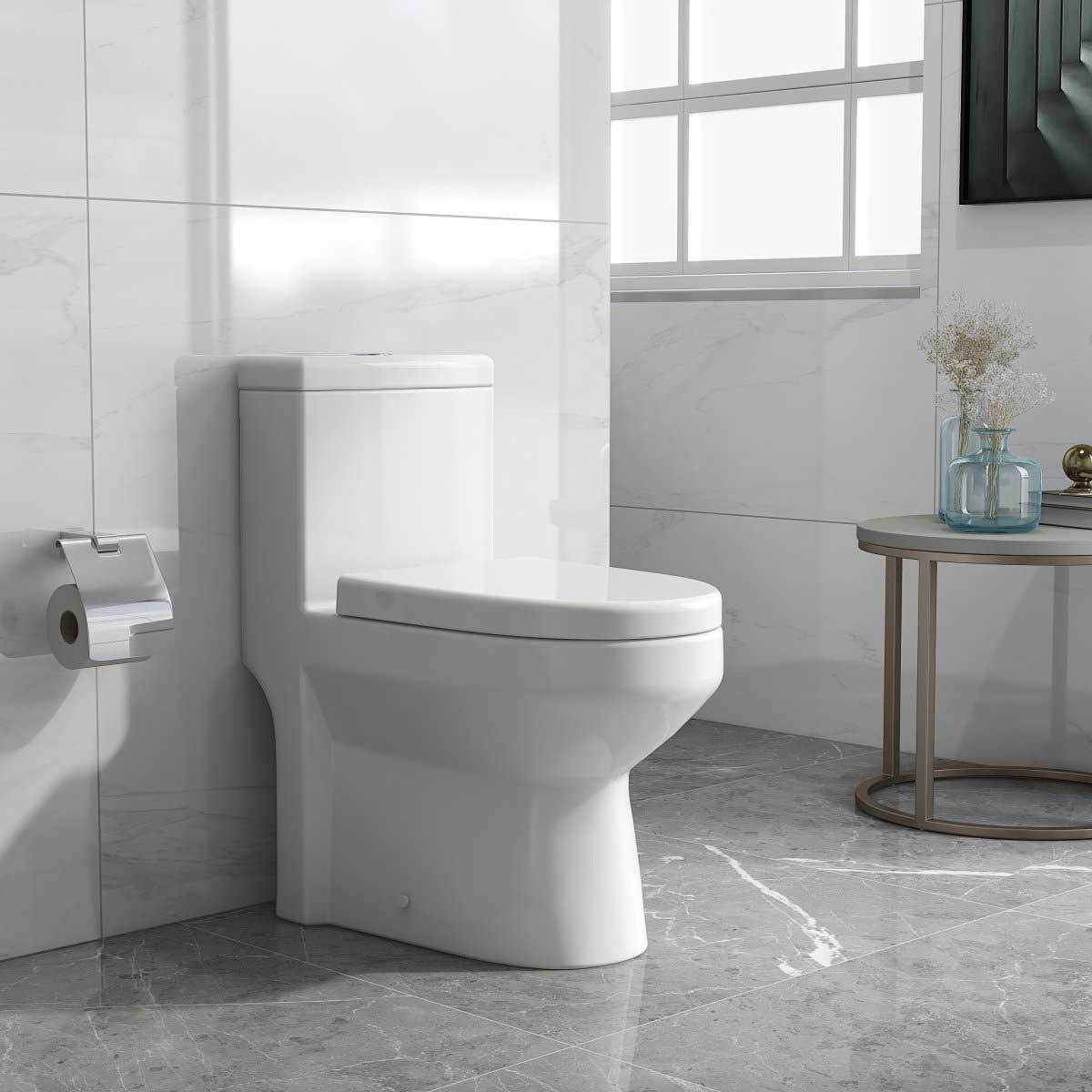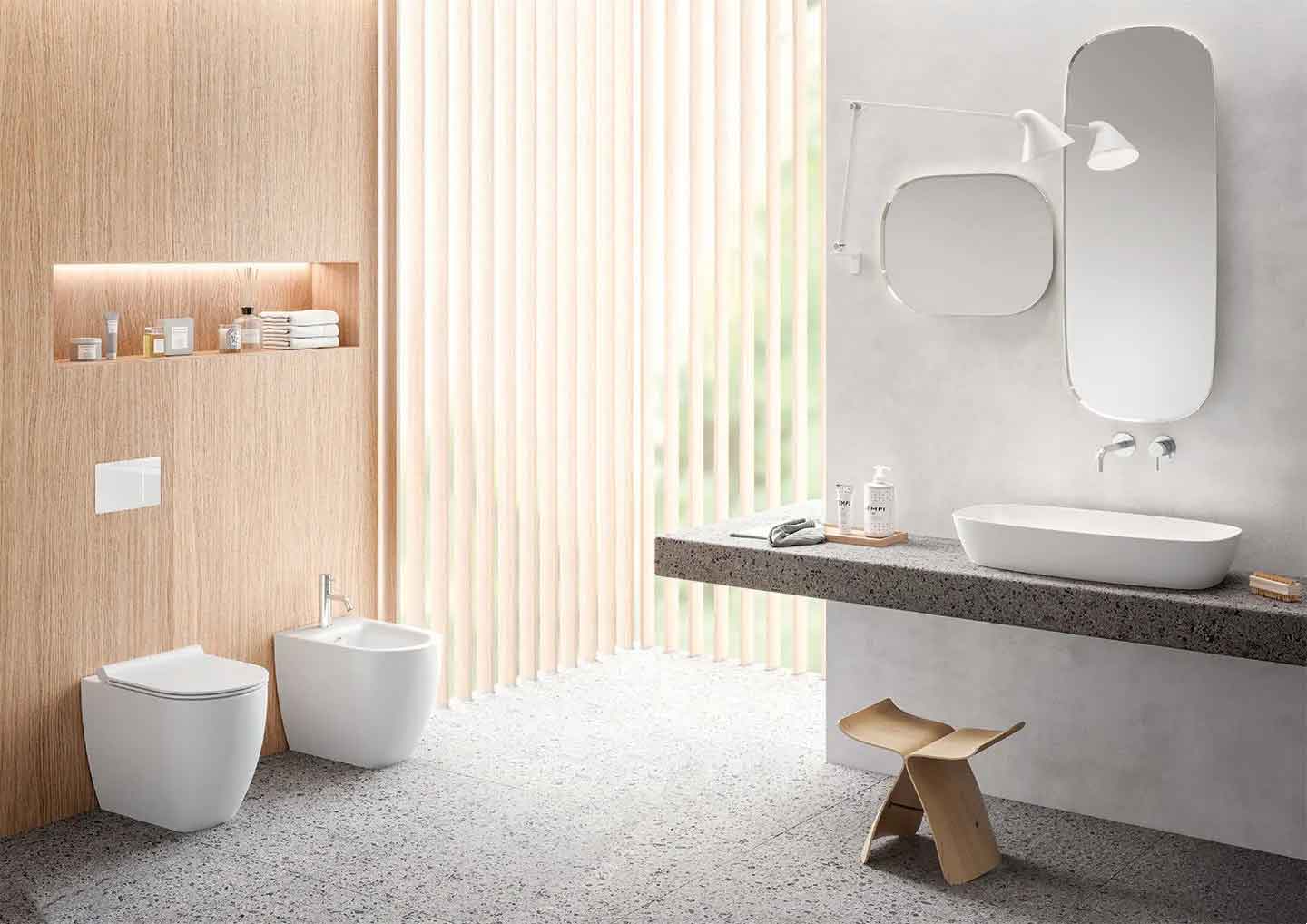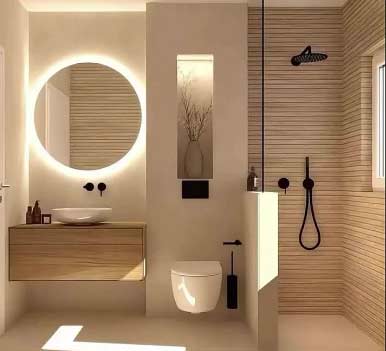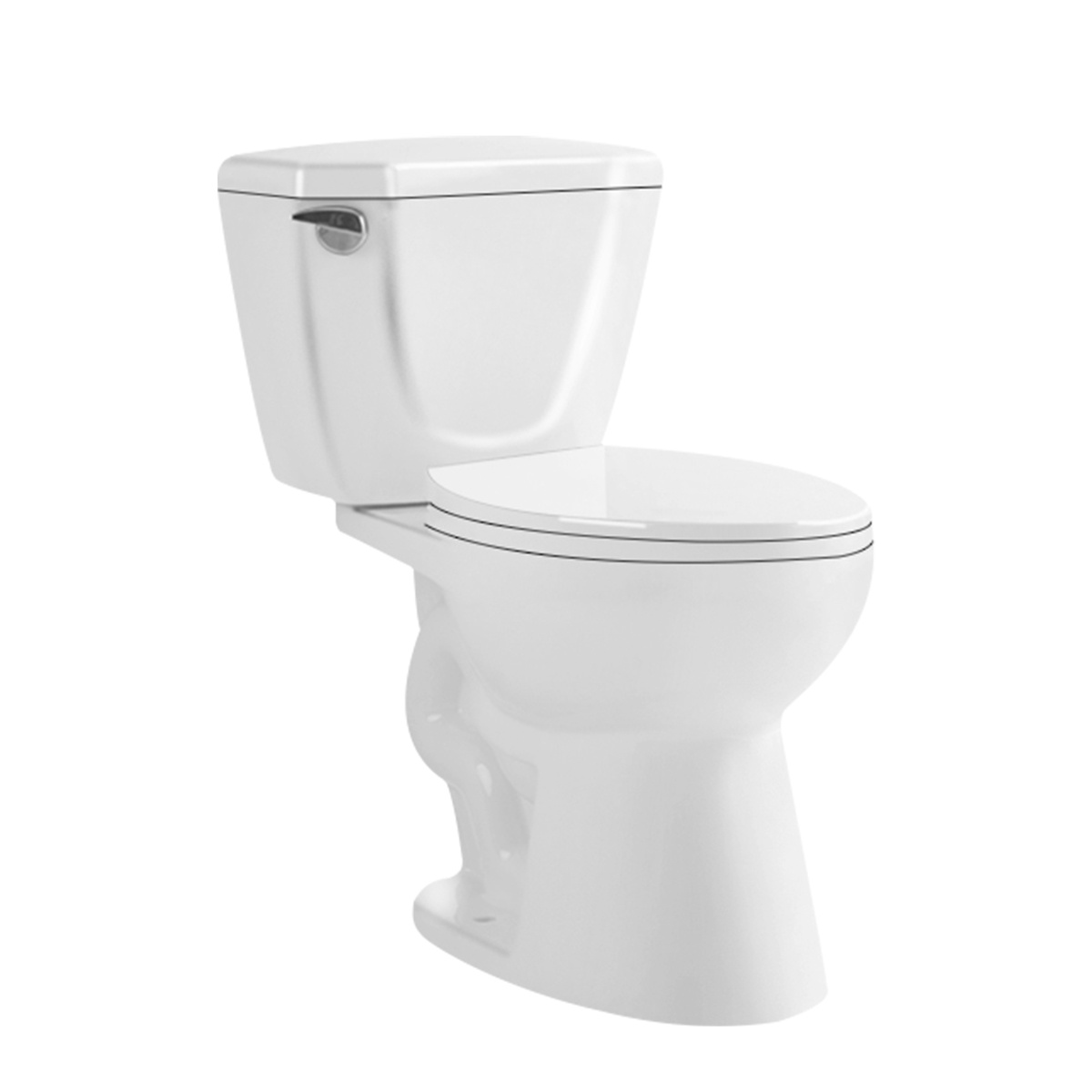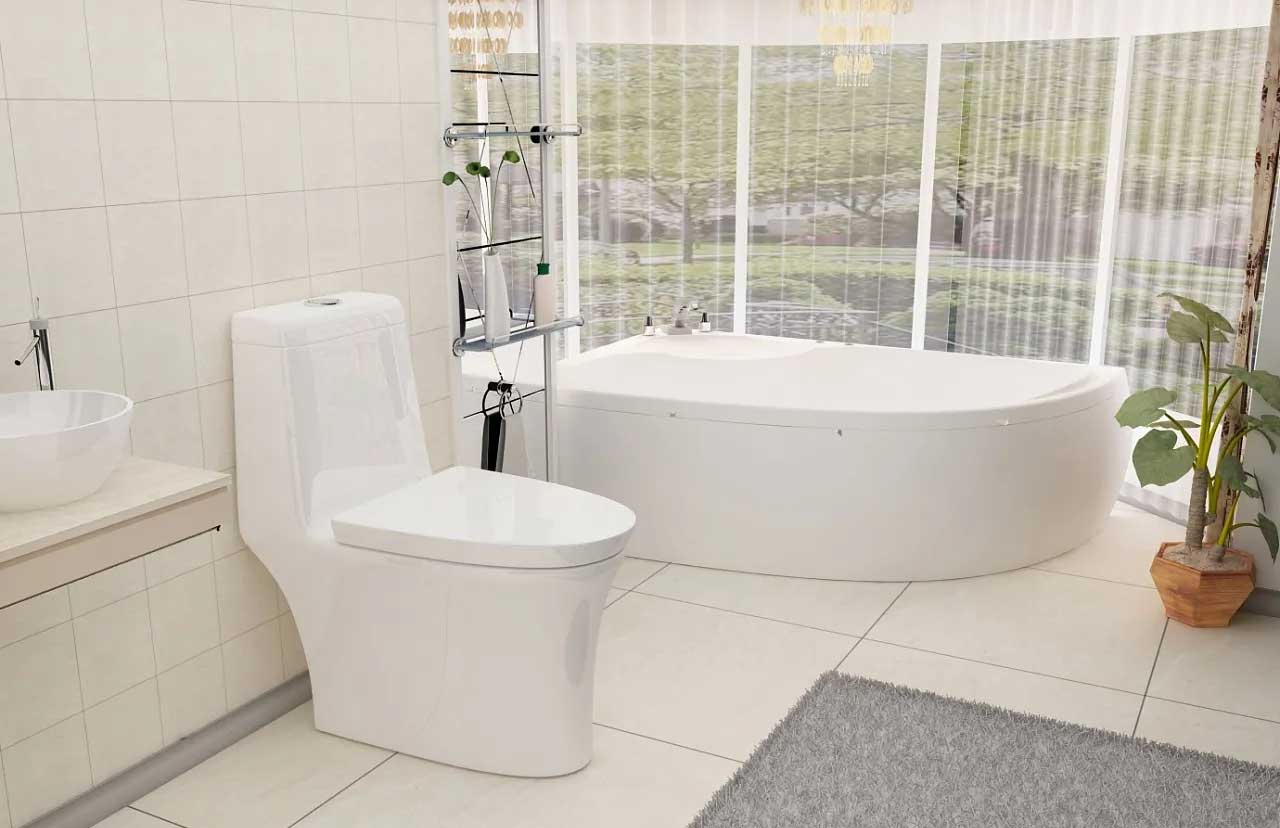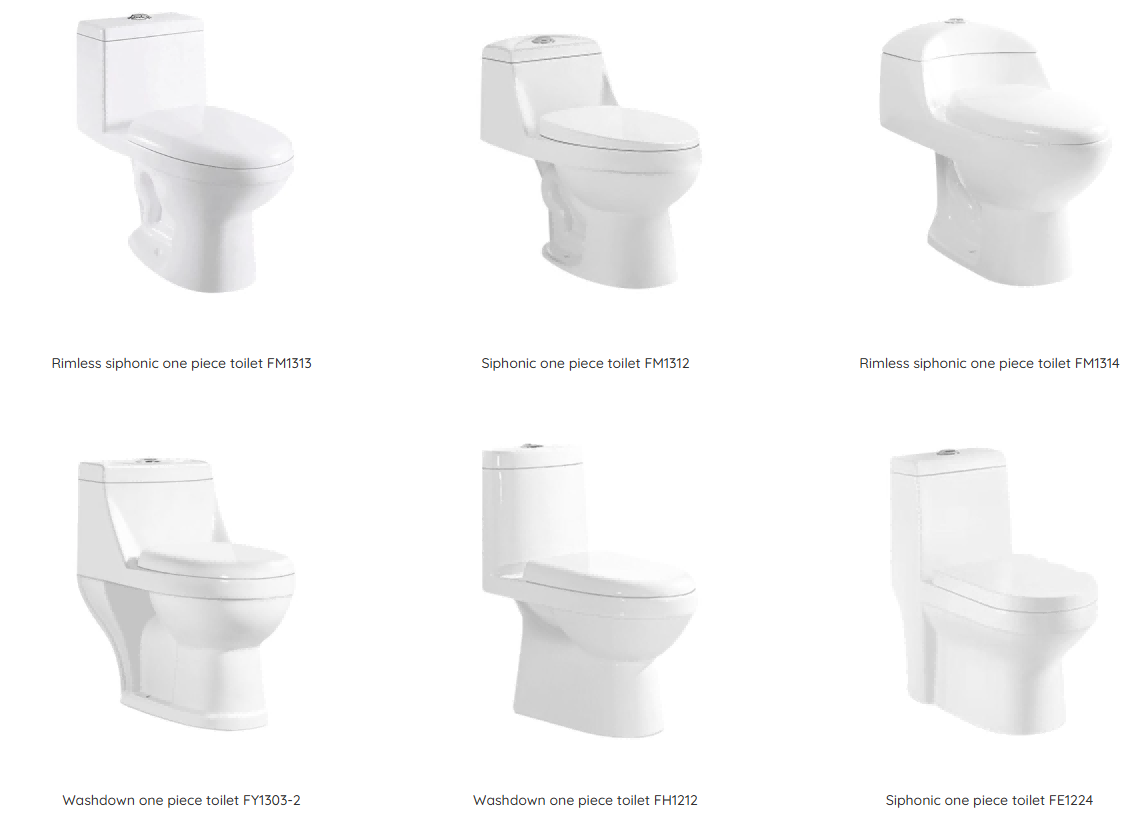When it comes to choosing the right toilet for a bathroom renovation or new construction, one of the key decisions homeowners face is whether to opt for a one-piece or two-piece toilet. While both types serve the same basic function, the price difference can be quite significant. In this article, we’ll explore the reasons why one-piece toilets tend to be more expensive than their two-piece counterparts.
Conclusion
In summary, one-piece toilets tend to be more expensive than two-piece toilets for several reasons, including their design complexity, higher material quality, aesthetic appeal, space efficiency, and lower maintenance needs. Additionally, brand positioning and market demand also play a role in driving up the price of one-piece models. While both types of toilets serve the same basic function, homeowners seeking a modern, durable, and easy-to-maintain option may find that the investment in a one-piece toilet is well worth the additional cost.
1. Design and Construction Complexity
One of the primary factors contributing to the higher cost of one-piece toilets is their design and construction. A one-piece toilet is manufactured as a single, seamless unit, which means that the bowl and tank are molded together in one continuous piece. This requires more advanced molding technology and specialized equipment. In contrast, a two-piece toilet has a separate tank and bowl that are connected during installation, which simplifies the manufacturing process.
The integrated design of a one-piece toilet also means fewer parts and joints, which reduces the likelihood of leakage or wear and tear over time. The increased complexity of producing a one-piece toilet often translates into higher production costs, which are then passed on to the consumer.
2. Material Quality and Durability
The materials used in one-piece toilets are often of higher quality, contributing to their higher price. Manufacturers of one-piece toilets tend to use stronger, more durable ceramics, as well as advanced glazing techniques, to ensure that the surface remains smooth and resistant to stains and bacteria. The seamless design also means that there are fewer seams where dirt and grime can accumulate, making these toilets easier to clean and maintain.
Two-piece toilets, on the other hand, are often made from slightly less durable materials, and the seams where the tank and bowl meet can be more susceptible to buildup and wear over time. The increased durability and superior material quality of one-piece toilets are key factors in their higher price point.
3. Aesthetic Appeal
One-piece toilets are known for their sleek, modern appearance. The seamless design not only looks more streamlined but also contributes to a more minimalist aesthetic that many homeowners desire in their bathroom spaces. This clean and contemporary design can make a bathroom feel more spacious and sophisticated, which is why one-piece toilets are often favored in high-end or luxury bathrooms.
The visual appeal of a one-piece toilet is a significant selling point, particularly for those looking to create a stylish, upscale bathroom. However, the design process and attention to detail required to achieve this elegant look can drive up the cost of production, further contributing to the higher price of one-piece models.
4. Space Efficiency and Ease of Installation
One-piece toilets are often more compact than two-piece toilets, making them ideal for smaller bathrooms or powder rooms where space is limited. The fact that the tank and bowl are combined into one unit also makes the toilet easier to install, as it eliminates the need to align and secure a separate tank. The design is particularly beneficial in bathrooms with limited wall space, as the smaller profile allows for more flexibility in positioning the toilet.
While a two-piece toilet may offer some flexibility in terms of placement due to the separate components, it can require more effort to install and take up more space in the bathroom. The space efficiency and ease of installation offered by one-piece toilets are factors that contribute to their higher cost.
5. Maintenance and Longevity
Another reason one-piece toilets are more expensive is their potential for lower maintenance costs and longer lifespan. The absence of a separate tank and bowl means there are fewer components that could potentially break down or require repairs over time. One-piece toilets are less prone to issues like leaking at the tank-to-bowl connection, which can be a common problem with two-piece toilets.
Moreover, the durability of the materials used in one-piece toilets often results in a longer-lasting product that requires fewer repairs and replacements over the years. This can lead to overall savings for the homeowner, even though the initial cost is higher.
6. Brand and Market Positioning
Brand positioning also plays a role in the cost of one-piece toilets. Many high-end toilet brands specialize in one-piece models, marketing them as premium products due to their aesthetic appeal, durability, and advanced features. These brands often charge a premium for their products, knowing that consumers are willing to pay more for a high-quality, luxury toilet.
On the other hand, two-piece toilets are generally considered more standard or traditional, and they are produced by a wider range of manufacturers, including more budget-friendly brands. As a result, two-piece toilets are typically less expensive due to the increased competition in the market.
FOHOME specialized in sanitary ware for 15 years,with the 3 tunnel kilns with annual supply capacity of 2,500,000pcs and quality control system covering raw material/semi and finished product/packing etc.We hope to find a way to cooperate with you

